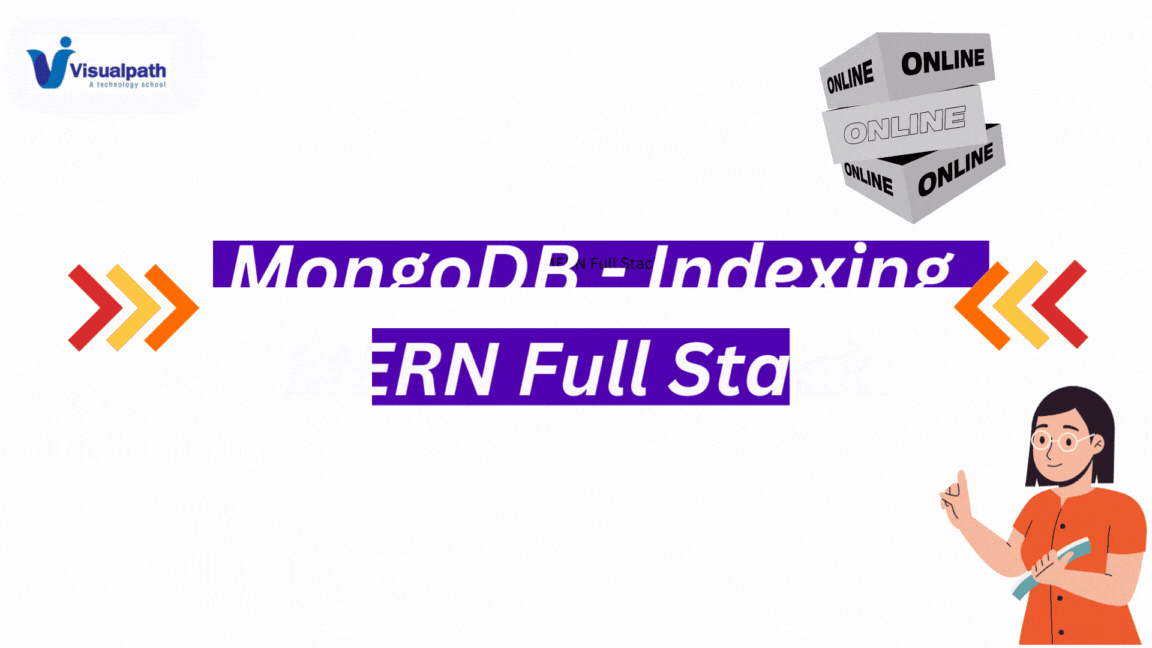The MERN stack, composed of MongoDB, Express.js, React.js, and Node.js, is a popular framework for developing full-stack web applications. It allows developers to use JavaScript across the entire stack, ensuring a streamlined and cohesive development process. MongoDB, the database component of the stack, is a NoSQL database that stores data in flexible, JSON-like documents. One of the crucial aspects of working with MongoDB is indexing, which significantly improves the performance and efficiency of database queries.
Key Techniques in MongoDB Indexing
1. Understanding Indexes
– Indexes are special data structures that store a small portion of the data set in an easy-to-traverse form. They support the efficient execution of queries and can significantly reduce the amount of time it takes to find documents. MERN Stack Training Course in Hyderabad
2. Creating Indexes
– Use the `create Index` method to create indexes on fields that are frequently queried. For example, `db.collection.createIndex({ fieldname: 1 })` creates an ascending index on `fieldname`.
3. Compound Indexes
– Compound indexes involve more than one field. These are useful for queries that need to match multiple criteria. For example, `db.collection.createIndex ({ field1: 1, field2: -1 })` creates a compound index with ascending order on `field1` and descending order on `field2`.
4. Unique Indexes
– Unique indexes ensure that the indexed field does not store duplicate values. This is useful for fields that should contain unique values, such as email addresses. For example, `db.collection.createIndex ({email: 1}, { unique: true })`.
5. Text Indexes
– Text indexes are used for text search queries. MongoDB supports text indexes to enable text search within string content. For example, `db.collection.createIndex ({description: “text” })` allows text search in the `description` field. MERN STACK Training
6. Geospatial Indexes
– Geospatial indexes support location-based queries. These are useful for applications that deal with geographical data. For example, `db.collection.createIndex ({location: “2dsphere” }) ` supports queries on GeoJSON objects.
7. Index Optimization
– Use the `explain` method to understand how queries use indexes and to identify areas for optimization. For example, `db.collection.find (query).explain (“executionStats”)` provides detailed execution statistics. MERN Stack Training in Hyderabad
8. Index Management
– Regularly review and manage indexes to ensure they are being used effectively. Drop unnecessary indexes using the `drop Index` method to free up resources. For example, `db.collection.dropIndex ({ fieldname: 1 }) `.
Conclusion
Indexing in MongoDB is a critical technique for optimizing query performance in MERN stack applications. By understanding and implementing various types of indexes, developers can ensure efficient data retrieval and improve the overall performance of their applications. Regularly monitoring and managing indexes helps maintain the efficiency and effectiveness of the database, making the MERN stack a robust solution for modern web development.
Visualpath offers the MERN Stack Online Training in India. Conducted by real-time experts. Our Full Stack Online Training Course available in Hyderabad and is provided to individuals globally in the USA, UK, Canada, Dubai, and Australia. Contact us at+91-9989971070.
Attend Free Demo
Contact us at+91-9989971070




